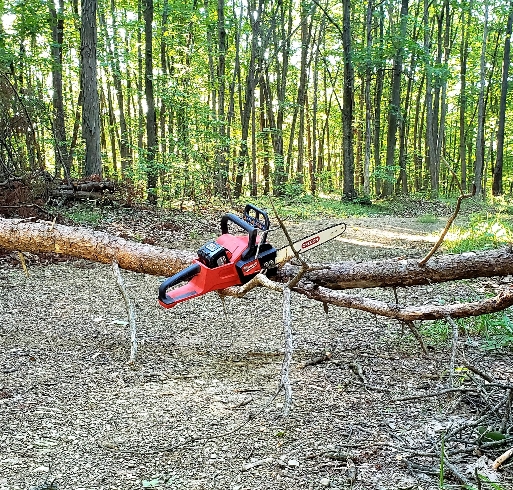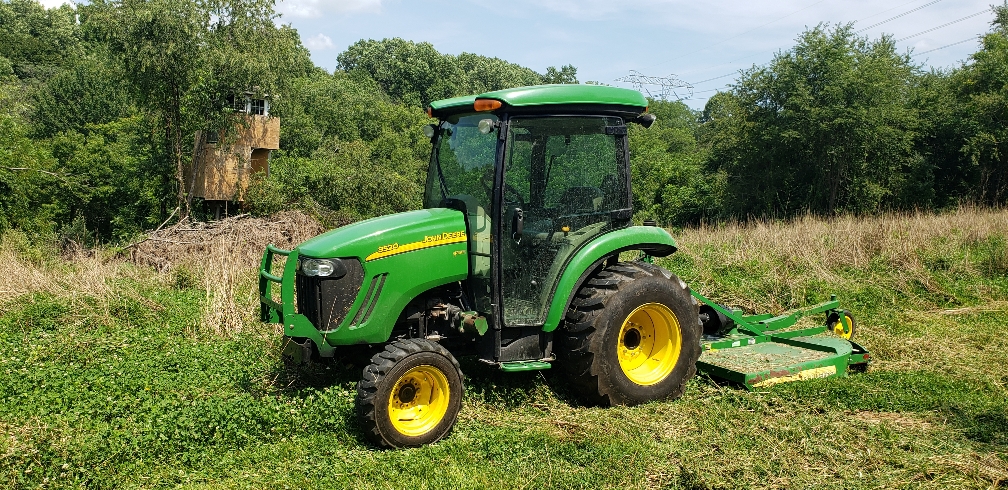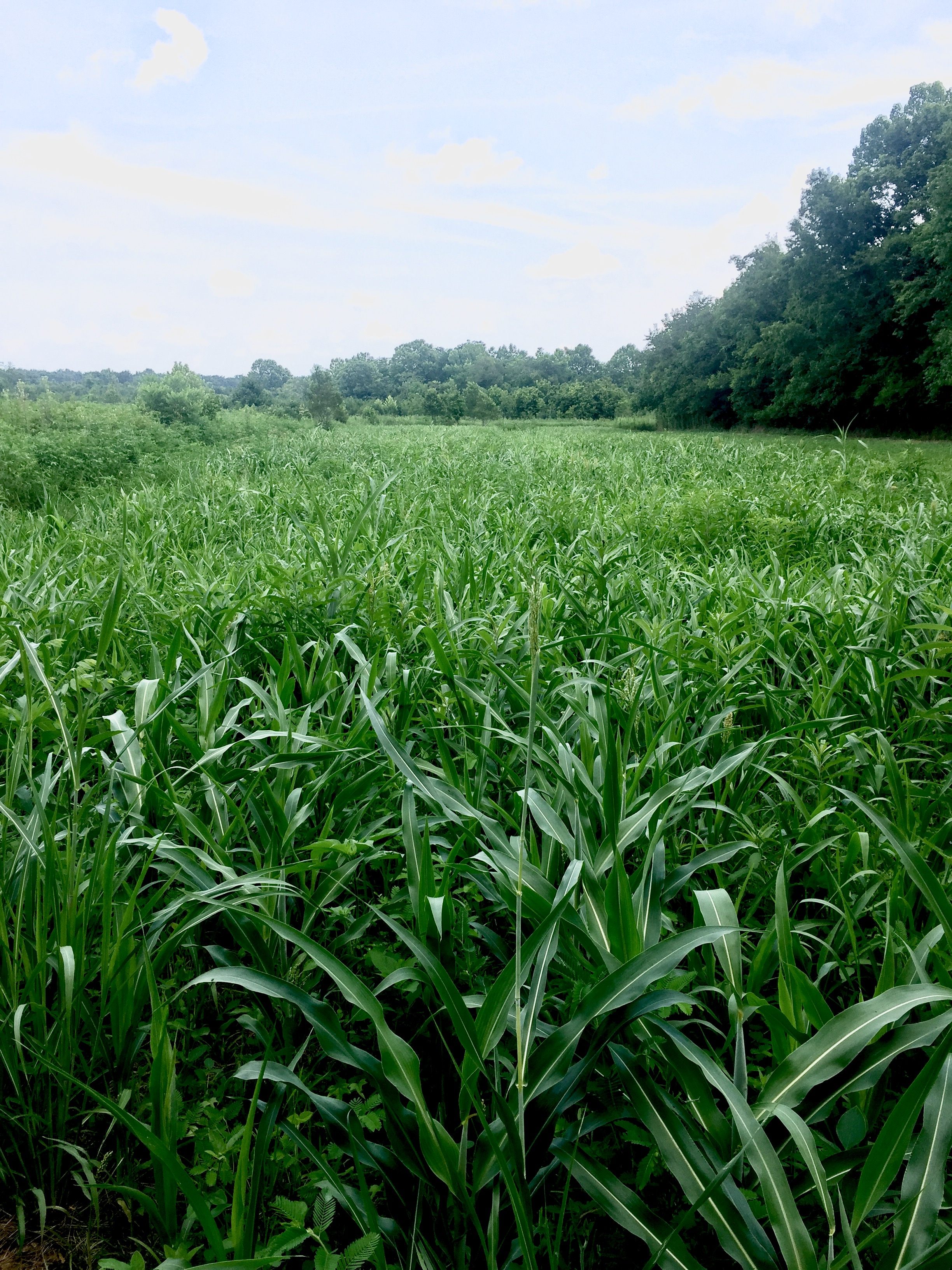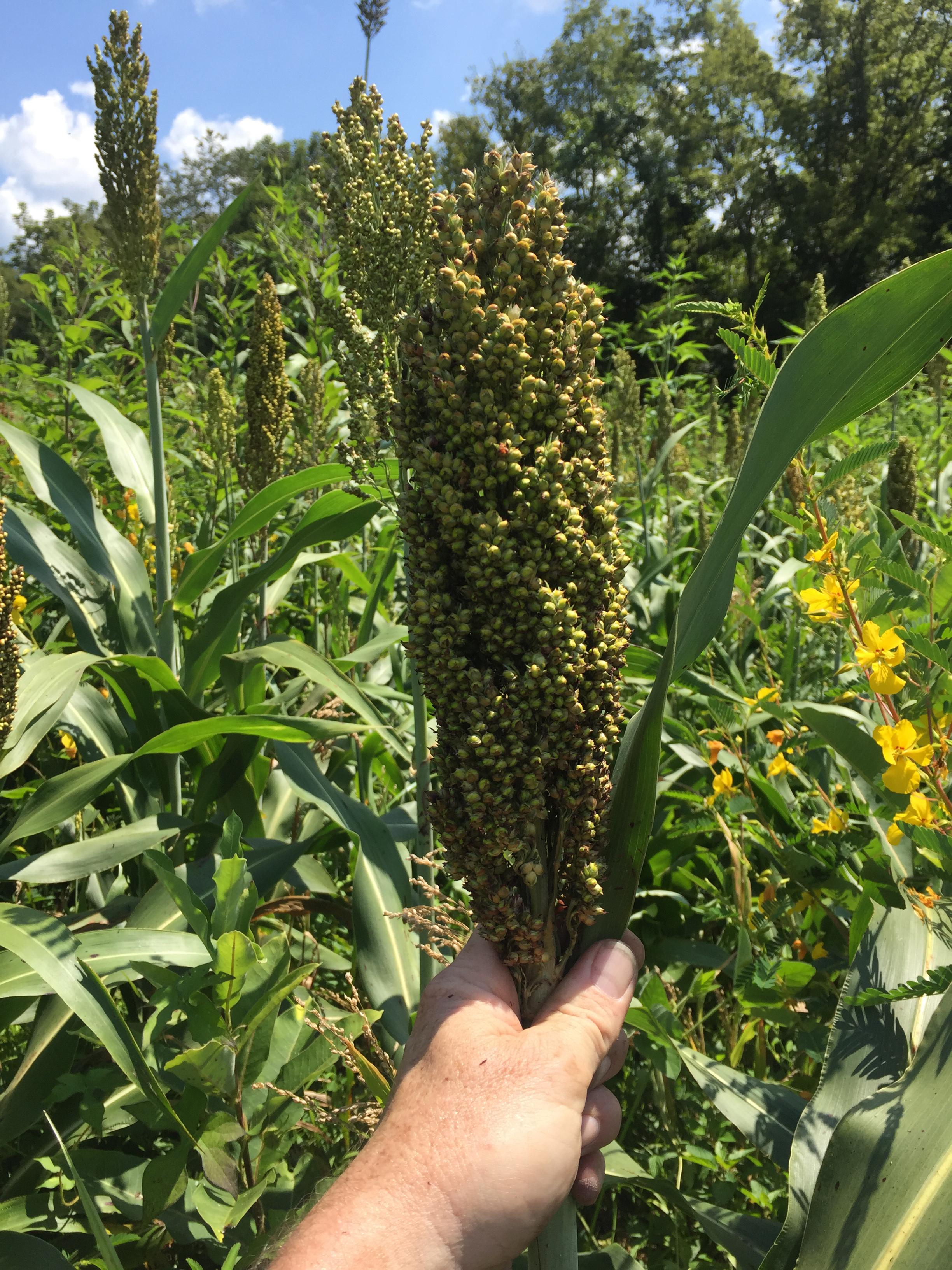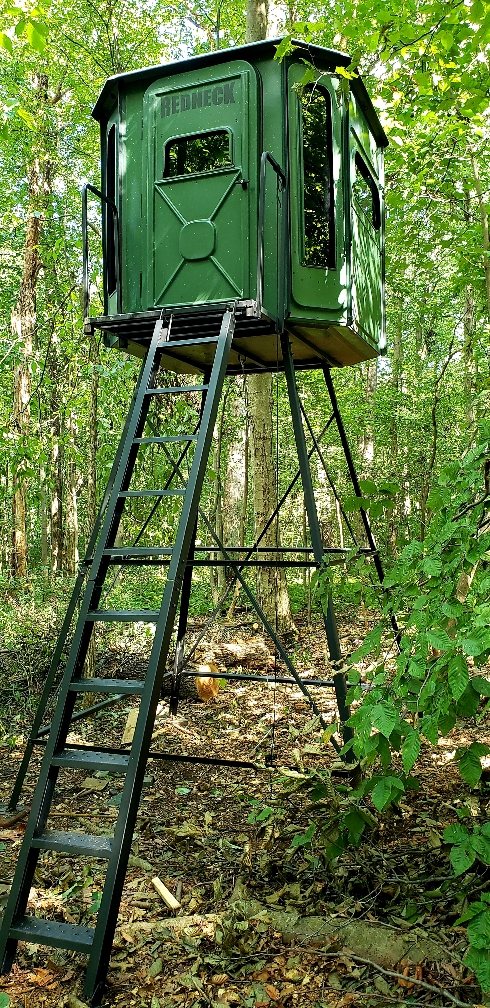This clover plot has been giving me fits ever since I cleared the trees and limed and fertilized as per soil tests two years ago, so this is now the third summer for this plot. It had poor sandy soil, so I planted a buckwheat, annual ryegrass and clover mix to start. The annual ryegrass was a desperation measure to get something growing before the nutrients all washed away ,since this sandy plot has a slight slope
Ever since then, I have been trying to get rid of the ryegrass clumps that popped up everywhere, and seemed to be very chemical resistant. When I cleared the land in June that summer was just turning hot, and it was almost too late to get anything growing but on the other hand I couldn't afford to let it in bare dirt all summer for fear of loosing more nutrients, so all in all it was a tough start,, and then nothing that I did in the next two years seemed to turn out right, and grass was constantly on the verge of overrunning the clover. Downpours right after spraying, multiple droughts right after mowing, me living too far away and being too busy elsewhere, you name it, nothing was working well.
So about month ago I decided to really get serious with this foodplot grass problem and switch things up with a different herbicide, and now things have finally started going my way. First, I mowed everything short, left it grow for one week, then hit it with the maximum rate of AMS, crop oil, and clethodim. This seemingly invincible grass turned totally brown and melted to almost nothing in two weeks, and, while there's still a few bare spots left over from dead grass clumps, the clover looks magazine cover picture perfect from the edgeofthefield. .
The moral of this story is, after a foodplot failure knocks you down, get up and try one more time!

